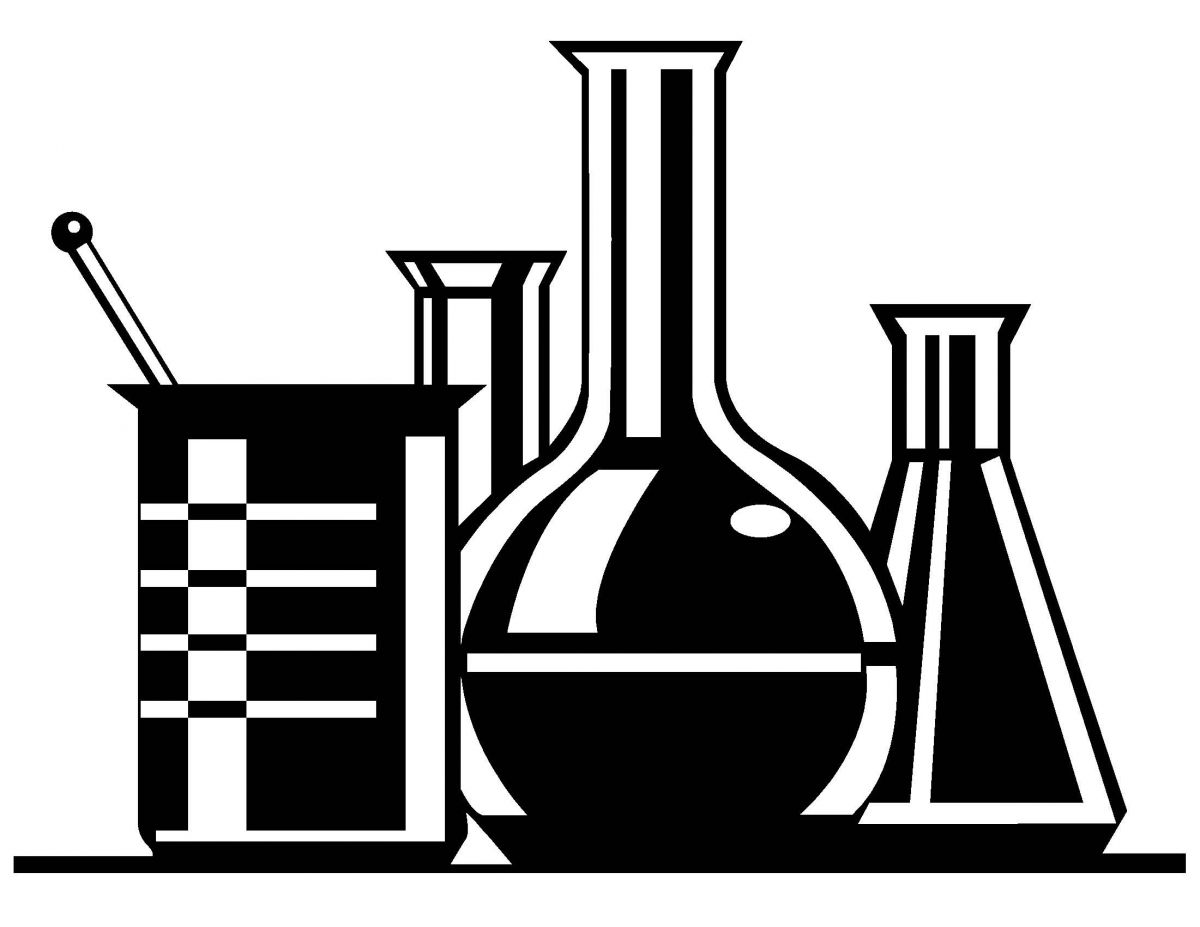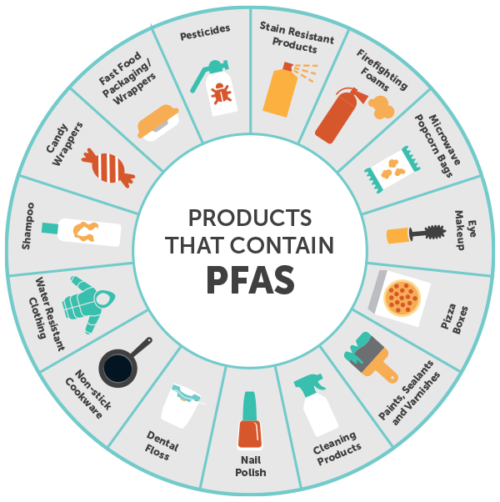PFA Chemical Threat

What are PFAs?
Manufacturers widely use PFAS, long-lasting chemicals whose components break down very slowly over time. Widespread use and environmental persistence lead PFAS to accumulate in mammal blood worldwide. They appear at low levels in various foods and the environment. PFAS are present in water, air, fish, and soil across the globe.
Studies show some environmental PFAS exposure may harm human and animal health.
PFAS are found in consumer, commercial, and industrial products. This makes it challenging to study and assess the potential human health and environmental risks.
Cannabis Sativa can absorb environmental toxins makes it uniquely vulnerable to ‘forever chemicals’ contamination—putting producers and retailers at serious legal risk as federal scrutiny ramps up.
Cannabis sativa L. has proven useful in remediating a wide range of toxins from contaminated soil. Due to hemp’s federal legalization under the 2018 Farm Bill, U.S. research has largely focused on that subspecies.
Hemp has very good prospects as a phytoremediator. It can remove PFAs from soil. It cleans up metals, pesticides, solvents, explosives, crude oil, polyaromatic hydrocarbons, and toxins.
“Forever chemicals” refers to PFAS—slow-to-degrade synthetic substances used since the 1940s in industrial and consumer products. Thousands of PFAS contaminate drinking water, food, packaging, and household items.

PFAS are increasingly under scrutiny. Scientific studies have found that PFAS exposure can cause adverse health effects, including cancer.
Cannabis sativa L. can absorb toxic chemicals like PFAS from soil—a notable trait for a historically controversial plant. Concerns arise about PFAS, which researchers rarely test in cannabis compared to microbials, heavy metals, and pesticides.
Researchers at Northern Michigan University are exploring hemp’s ability to absorb and potentially break down PFAS in soil. Chemistry Professor Lesley Putman hopes hemp can offer a cost-effective alternative to traditional methods like activated charcoal or reverse osmosis, which only remove PFAS.
Putman told Northern Today that even if hemp proves as effective as activated charcoal in preventing PFAS from reaching the water table, the plants still contain toxins. NMU contracts a company to safely remove and store all toxic waste from her research. However, solving contamination at a large scale depends on finding a way to degrade PFAS after hemp absorbs them.
Another concern is accidental contamination of cannabis or hemp plants grown for human consumption.
“According to Bloomberg Law, there has been a seismic shift over the last two years in the legal landscape surrounding health and environmental damage as awareness of PFAS has expanded,” according to a 2023 alert from law firm McGlinchey. A surge of lawsuits and additional enforcement risks has followed, as has a growing concern regarding the potential impact of regulatory focus on the cannabis industry.
McGlinchey referenced a Washington case with severe impacts on cannabis businesses. Though not PFAS-related, it highlights the risks of regulatory scrutiny over contamination from soil and water toxins. The WSLCB warned of cannabis’s high absorption of contaminants and reported detecting DDE, a potentially harmful chemical, in regional soil. DDE is a chemical similar to the pesticide DDT that can form when DDT breaks down.
While cannabis cultivators were not using the pesticide, they suffered the consequences of potentially contaminated crops.
The WSLCB placed holds on local licensees, requested product lists from eight months prior, calling for a full product recall. The WSLCB will be testing potentially affected products currently sold. Further action is expected. The result has devastated the affected businesses, despite no improper conduct of their own.
Given its widespread use before the EPA banned it in 1972, DDT and DDE are likely present in soil beyond Washington. “Americans sprayed more than 1.35 billion tons of the insecticide—nearly 7.5 pounds per person—on crops, lawns and pets and in their homes before biologist Rachel Carson and others sounded the alarm about its impacts on humans and wildlife,” reported Scientific American in its article “Consequences of DDT Exposure Could Last Generations.”
Cannabis businesses could anticipate similar actions with respect to other contaminants, including PFAS. PFAS can enter cannabis products through water, soil, and nutrient systems, making regular testing essential to reduce exposure risks.
“PFAS that end up in consumer goods, such as cannabis, is a huge safety risk,” Seth Goldberg, then-partner at Duane Morris, told Beverage Information Group in early 2024. “And now we’re seeing corresponding litigation risks with PFAS where they have been subject to a growing number of product liability and consumer class action matters.”
McGlinchey suggests cannabis businesses reduce contamination risks by avoiding wastewater reuse and following best water management practices.
“Traditionally we see cultivators adopting water filtration when their source water has known issues,” said Darrin Sanocki, water treatment category manager at Hydrofarm. “The raising awareness of PFAS is making more growers rethink what’s in their water. We always tell customers that the first step is ‘let’s find out by ordering a comprehensive water test.’ There are plenty of labs offering different mail-in water test kits including dedicated test kits for PFAS. After that we can discuss the mitigation strategy. Reverse osmosis is highly effective at removing most contaminants, but other proven PFAS treatments include nanofiltration and granular activated carbon.
Cannabis businesses may also want to take precautionary steps when buying real estate for cannabis cultivation. AEI Consultants recommends including PFAS in Phase I Environmental Site Assessments when buying real estate.
![]()
Only PFOA and PFOS are currently required under ASTM E1527-21. Assessing PFAS risks is crucial—especially at high-risk sites like fire training areas, airports, industrial zones, or farmland with biosolids. As regulations evolve, identifying potential contamination early, including unregulated compounds, helps avoid liability, protect property value, and simplify future transactions.
Not to mention helping to prevent potential contamination of your cannabis or hemp crops.
As scrutiny and litigation grow, cannabis and hemp industries may face increased oversight due to the plants’ high absorption capacity. And preparing now could prevent a host of potential problems in the future.